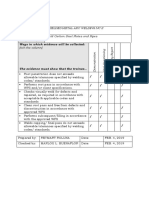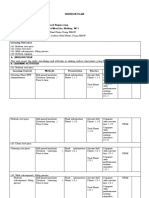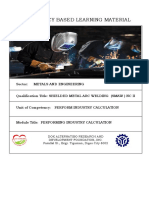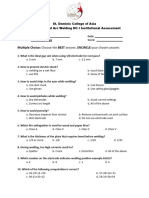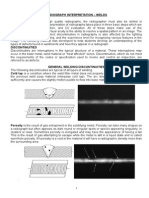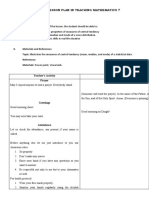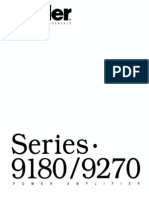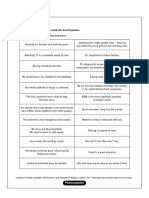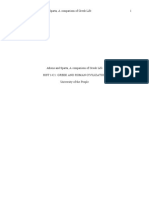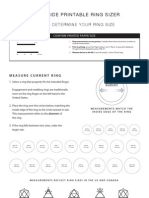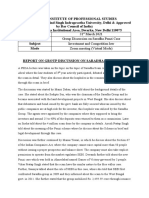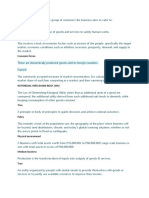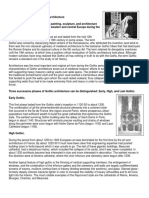0% found this document useful (0 votes)
3K views20 pagesWelding Competency Guide
The document discusses learning outcome 4 which is about cleaning the root pass of a weld. It provides information on defects and discontinuities, welding codes and standards, and instructions for cleaning the root pass. Trainees are to read the information sheets, practice cleaning root passes, and have their work evaluated based on criteria that the root pass is cleaned and meets welding standards.
Uploaded by
barry bonzoCopyright
© © All Rights Reserved
We take content rights seriously. If you suspect this is your content, claim it here.
Available Formats
Download as DOCX, PDF, TXT or read online on Scribd
0% found this document useful (0 votes)
3K views20 pagesWelding Competency Guide
The document discusses learning outcome 4 which is about cleaning the root pass of a weld. It provides information on defects and discontinuities, welding codes and standards, and instructions for cleaning the root pass. Trainees are to read the information sheets, practice cleaning root passes, and have their work evaluated based on criteria that the root pass is cleaned and meets welding standards.
Uploaded by
barry bonzoCopyright
© © All Rights Reserved
We take content rights seriously. If you suspect this is your content, claim it here.
Available Formats
Download as DOCX, PDF, TXT or read online on Scribd
/ 20





